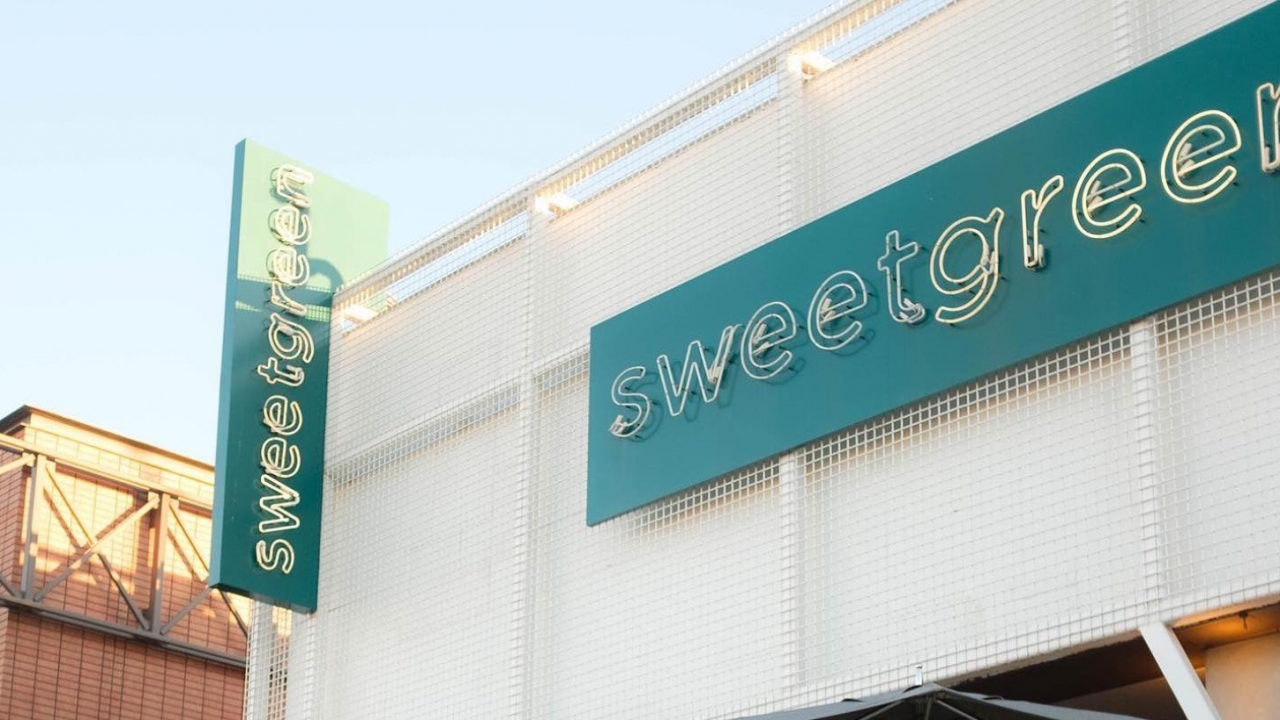
This facility will be the first to mass produce human-like robots
The 70,000-square-foot facility, called RoboFab, is set to open later this year and is expected to produce thousands of robots.
LEARN MORESome say the automation could have customers hardly interacting with a human employee, ordering from a tablet which sends the order to a robot.


25 million U.S. students use diesel-powered school buses daily, prompting debates on cleaner alternatives.

The British military earlier said there had been a suspected drone attack and explosions in the Red Sea, without elaborating.

While the details of what led to the knife attack are still unclear, police said they believe the suspect and victims were all family members.

40% of engagements take place between Thanksgiving and Valentine's Day, according to industry experts.

CBP officials say the Tucson area, including Nogales, is already seeing the highest number of migrants coming into the country.

25 million U.S. students use diesel-powered school buses daily, prompting debates on cleaner alternatives.